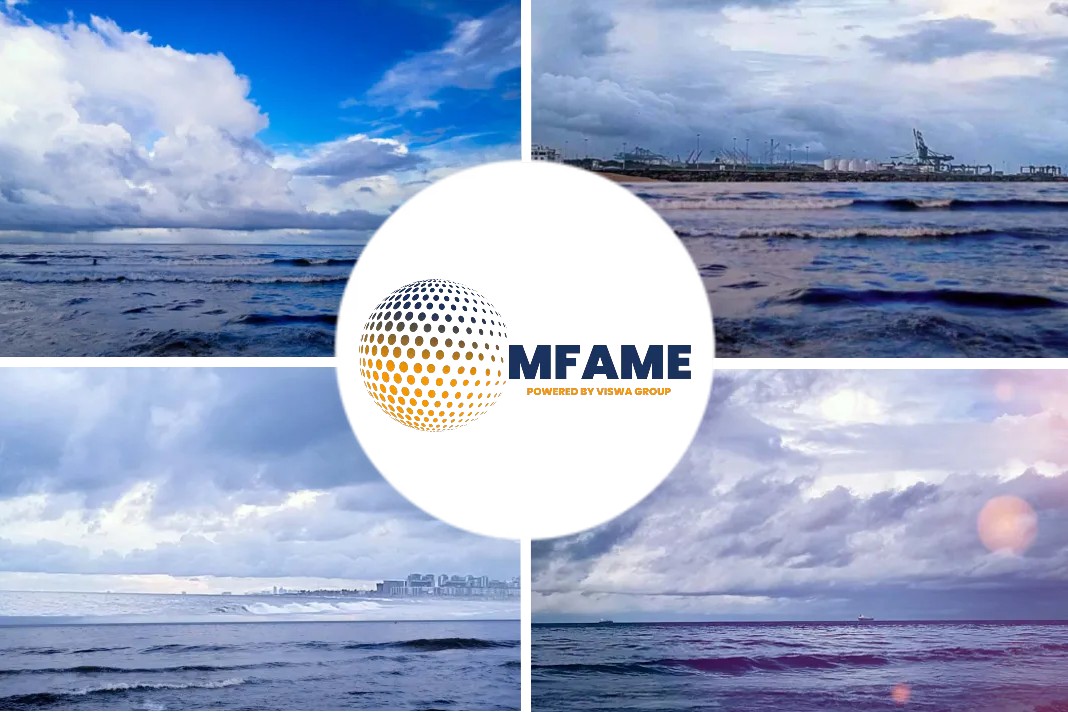Zoological pollution is becoming an increasing concern for commercial shipping worldwide. The threat of invasive species spreading through the intake and discharge of ballast water has resulted in the IMO adopting the International Convention for the Control and Management of Ships’ Ballast Water and Sediments in force as of 8th of September 2017.
Highlights of the Convention
The Convention is expected to bring about a significant impact on vessels engaged in International trade by requiring ship owners to manage their ballast water and sediments to certain minimum standards, and eventually to install ballast water management systems onboard.
Though the phasing-in regime was much debated within the industry, and IMO’s Marine Environment Protection Committee (MEPC) finally agreed with an implementation scheme in July 2017. Subject to certain conditions, existing ships must generally comply with the Convention by their next IOPP renewal survey after September 2017 and new ships must comply upon delivery from the yard.
The Convention has already been welcomed by the European Union and almost 60 countries, representing around 55 % of the world merchant shipping tonnage. It applies to all internationally traded vessels registered in states party to the Convention, as well as all other internationally traded vessels operating in the waters of such member states. As the majority of commercial ships will be trading to or under the flag of a state party, the requirements under the Convention has become relevant for the majority of ships worldwide.
Practical considerations
Ensuring compliance with these new legal duties gives rise to many practical considerations and forces ship owners to make significant investments to install compliant ballast water management systems. For most ships the ballast water must be cleaned prior to discharge, thereby reducing the number of viable organisms in the water and thus ensuring that the vessel only discharges water with a limited risk of proliferation of species aquatic organisms. Furthermore, a log and a ballast water management plan must evidence how and when loading and discharging of ballast water is undertaken, and ships over 400 GT will also have a duty to carry a certificate proving uninterrupted compliance.
Shipowners woes
Although the purpose of the Convention is undoubtedly necessary, concerns arise as to how ship owners will become affected by the newly imposed duties. Compliance for the majority of ship owners requires considerable investment in new equipment which is still subject to technological development and testing. Operating such technology requires significant additional logistics, including training of and perhaps employment of additional crew. The duty to operate ships in compliance with the Convention also involves maintaining systems and keeping them duly updated, implying an additional risk for off-hire and thus valuable loss of time.
How the industry will implement the rules under the Convention is yet to be seen as the Convention is new and the industry is still adapting to the prescribed phasing-in regimes. There is thus some uncertainty as to who ultimately will bear the financial burden of the new regime. However the deadline for full compliance is fast approaching for the majority of ships in commercial trade, and many ship owners have already begun taking measures to comply.
Enforcement
The Port states are compelled to monitor compliance and if discharged ballast water contains too high counts of aquatic organisms, consequences such as fines and possible detention of the offending vessel are to be expected.
Risks related to non-compliance may also increasingly be influenced by where the vessel is trading. Several of the accepted ballast water treatment systems are more expensive to operate depending on the water characteristics where the vessel is ballasting. Further, there are no harmonized rules on how to conduct port state control. Thus, the risk of potential sanctions for non-compliance will vary.
Predictable and correct enforcement also entails an inherent challenge; assessing compliance as per the Convention will require ascertaining the number of “viable species” in samples “at the time the water was discharged from the ship”. This will be difficult to assess when seeking to retroactively determine the number of live species in water.
Organisms move continuously and multiply by the minute, requiring advanced investigative methods; what was a compliant sample may not remain that way for long. Unless port state control is sufficiently diligent, sanctions regardless of actual compliance may occur.
Contract Practices
Many charter parties are concluded for long periods of time, or well in advance of the relevant voyage, and subsequent changes in the applicable law such as these are prone to affect the intended risk allocation and profitability. Existing contractual relationships may not be sufficient to balance the responsibilities and costs imposed by the Convention, thus resulting in an uneven distribution of risks between the contractual parties.
General maintenance clauses in charter parties are for example likely to imply compliance with the Convention. The “duty to maintain” bears an increasingly high price tag and English Courts have not hesitated in interpreting maintenance clauses to include additional environmental compliance measures analogous to ballast water management requirements (Golden Fleet Maritime Inc and another v. St Shipping [2008] EWCA Civ 584). Non-compliance may be considered a breach of maintenance clauses and render the vessel legally unfit for service – in other words unseaworthy.
These factors should be considered when negotiating future terms and pricing of charter parties, and the contractual framework adopted by parties to charter parties may well benefit from further consideration taking into account the increased risks shipowners are now facing.
Did you subscribe for our daily newsletter?
It’s Free! Click here to Subscribe!
Source: Wikborg Rein






















